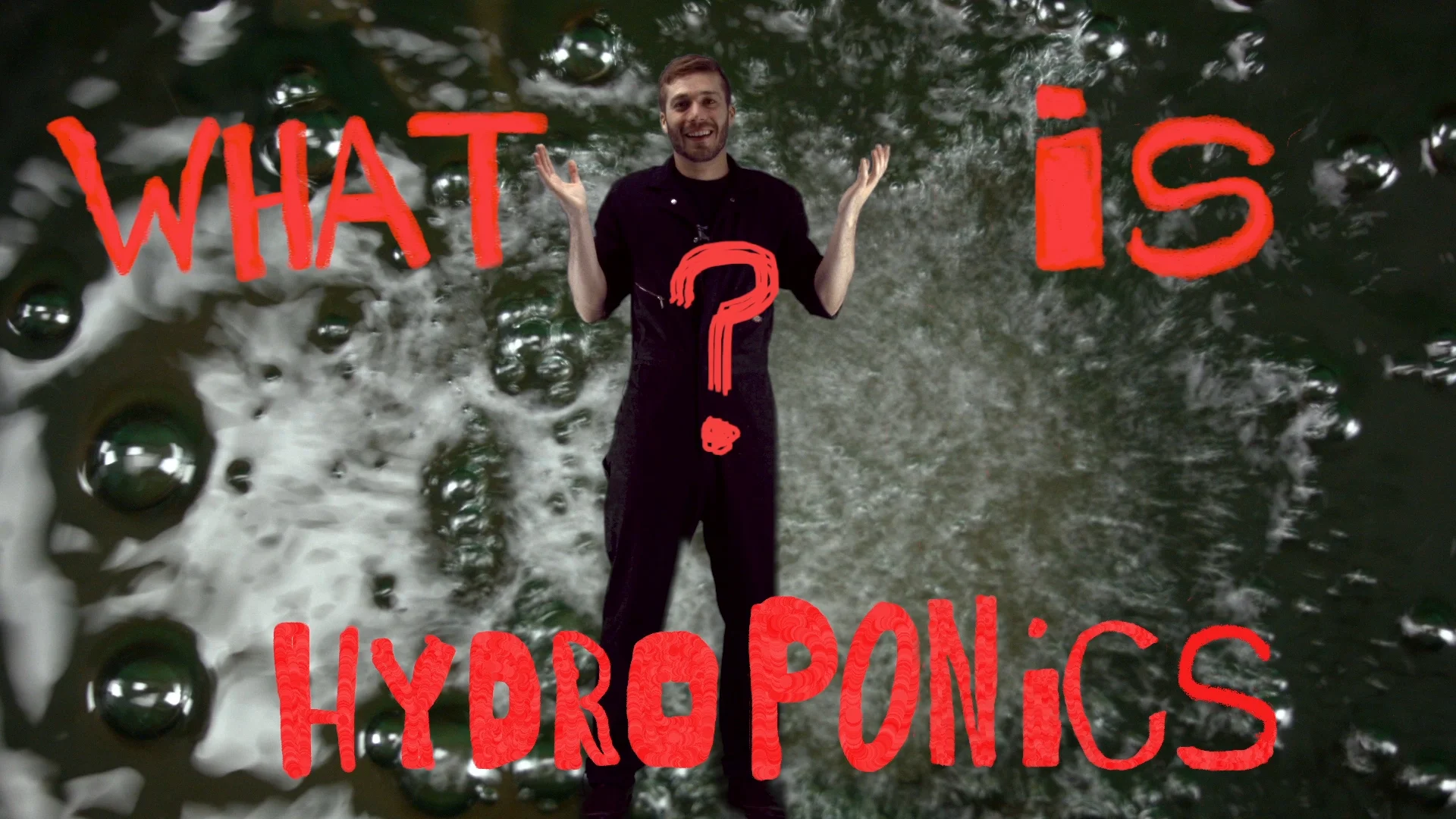I'm speaking at Cultivate'17! Yay!
Tyler Baras
I got so excited when the organizers of Cultivate asked if I was interested in giving a presentation on how I got into horticulture and why I'm passionate about what I do! I got even MORE excited when they agreed to let me use smoke machines, strobe lights, backup dancers, and title my presentation "Crying into a Bowl of Lettuce… The Path to a Passion Driven Career in Horticulture!"
Then I found out there was no budget for smoke machines, strobe lights, and backup dancers... but I've still got some big plans! Come check out my presentation at Cultivate's CareerUP on Saturday, July 15th!!
- Event: Cultivate'17 CareerUP
- Where: The Greater Columbus Convention Center, Columbus, OH
- When: Saturday, July 15th from 10 a.m. - 4 p.m.
- Presentation Title: Crying into a Bowl of Lettuce… The Path to a Passion Driven Career in Horticulture!
- Description: The dream of working on a picturesque farm away from the cubicle life is what drives many to get into horticulture but the path to that dream is often a little less serene, full of crop failures, bad bosses, painful mistakes, and some tearful car rides home from the farm. I’m so grateful to be where I am now, finally realizing the dream that lead me into horticulture, that I’d gladly repeat the gauntlet of challenges that lead me here. Come laugh with me as I recount the horror stories from some of my previous jobs then watch me giggle with happiness as I share all of the exciting work I’m currently doing! A passion driven career can have a lot of challenges, but I can’t imagine choosing another path.




















